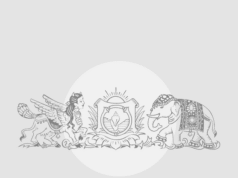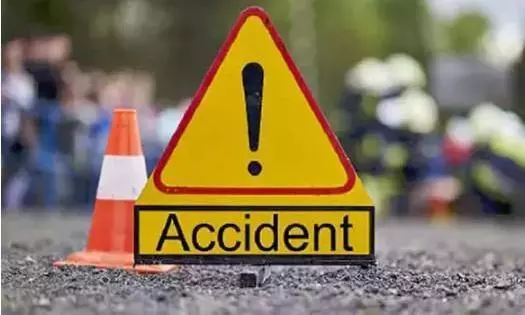The voice and ideas of the citizens of TG are central to this Telangana Rising 2047 vision, says Jayesh Ranjan, IAS, Special Chief Secretary, Govt of Telangana, talking about the citizen survey, which will conclude on November 1.
What was the thought behind Telangana Govt’s citizen survey?
You are aware that our honourable PM has given a call that India should become Viksit Bharat by 2047. Coincidentally, our government was thinking along similar lines for Telangana even before that. In December last year, when the government completed one year, we started a campaign under the banner Telangana Rising 2047 Vision. The whole idea was to find what opportunities exist for the state and how we can improve the quality of life and infrastructure to make Telangana a leader in various parameters. When the PM started speaking about his vision for India, NITI Aayog asked all states to prepare their vision plans. We built on Telangana Rising and consulted many experts, including the ISB, to prepare our vision document. However, Chief Minister Revanth Reddy insisted that this document should capture not just the views of experts, but also the aspirations of the common person. That’s when the citizen survey began.
What is the survey about?
The survey is online and has been running for over 20 days. We have posted the link on the official website www.telangana.gov.in/telanganarising/ and provided a QR code for easy access. It includes basic multiple-choice questions in both English and Telugu, with one open-ended question for additional feedback or priorities. We have received nearly 500,000 responses so far, which is a representative sample for Telangana’s population of 40 million. A tech company is analysing these responses in real-time, allowing us to see trends across demographics such as gender, age, and region.
What was the most surprising insight from the citizen survey?
The survey is still ongoing, so there’s more to come. But one thing we have noticed is that there’s not much variation between the experts’ views and what the people are saying, except for the prioritisation of issues. For instance, while experts may focus on certain sectors, citizens are emphasizing basic needs—nutrition for children, healthcare, quality education, and safe drinking water. Women, in particular, are giving more importance to these fundamental issues, which is interesting but not surprising.
How do you balance Telangana’s ambition of becoming a $3 trillion economy with ensuring inclusive growth for farmers and women?
Currently, Telangana contributes 5%, but with our leadership, we aim to contribute 10%. If India’s economy grows to $30 trillion, we should aspire to contribute $3 trillion. The document outlines which sectors will drive this growth. While IT has been a major focus, there’s still untapped potential in sectors like life sciences and manufacturing. We have identified 20 sectors with significant growth potential. However, we must ensure that growth is inclusive. The CM has divided the state into three zones— core urban, peri-urban, and rural. We are analysing how each region can contribute to the state’s development. Additionally, there are specific chapters focusing on farmers, women, and youth, which will ensure that no one is left behind.
What governance reforms are you instituting to make bureaucracy citizen-centric?
The CM has made it clear that the government has strengths, but talent exists outside the government too. We need to harness that external talent. If the private sector has better capabilities to deliver certain services, we should invite them to participate while ensuring strong accountability and governance. Our philosophy is that the government should not impose solutions from the top but rather listen to the people. We want citizens to be active participants in the development process, and this will help increase the credibility of the government and drive program success.
What message is the government sending out to citizens with this survey?
The key message is that there is no development without their voice. We want to know what the people want, rather than imposing top-down decisions. By listening to citizens and understanding their priorities, we can create development plans that align with their aspirations. This approach leads to better engagement and greater satisfaction with government programs. By involving people in this process, the government can build credibility and trust, making it easier to implement plans and gain public support. Ultimately, this kind of participation will foster a more inclusive and successful path forward.







